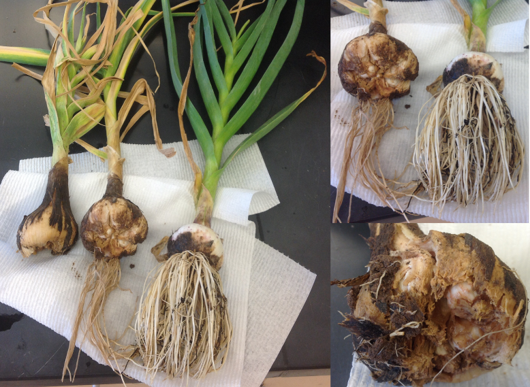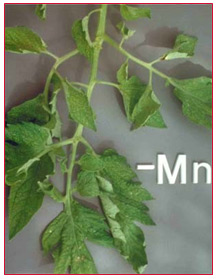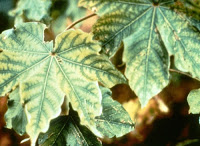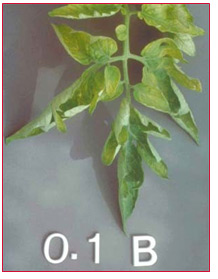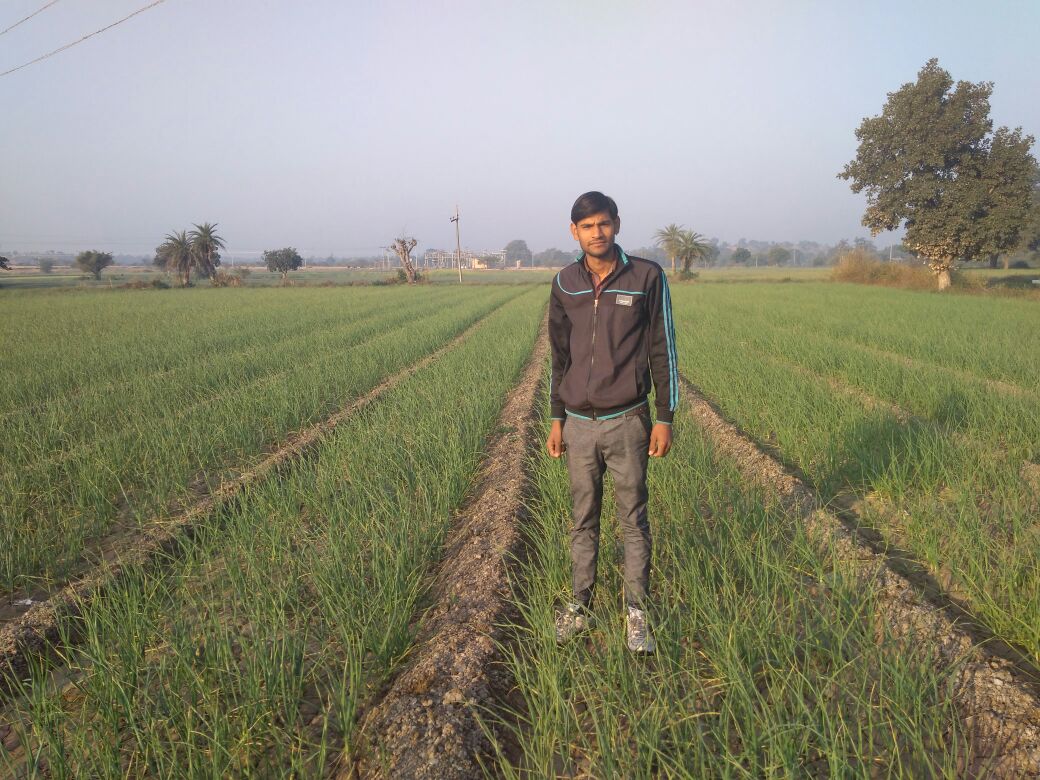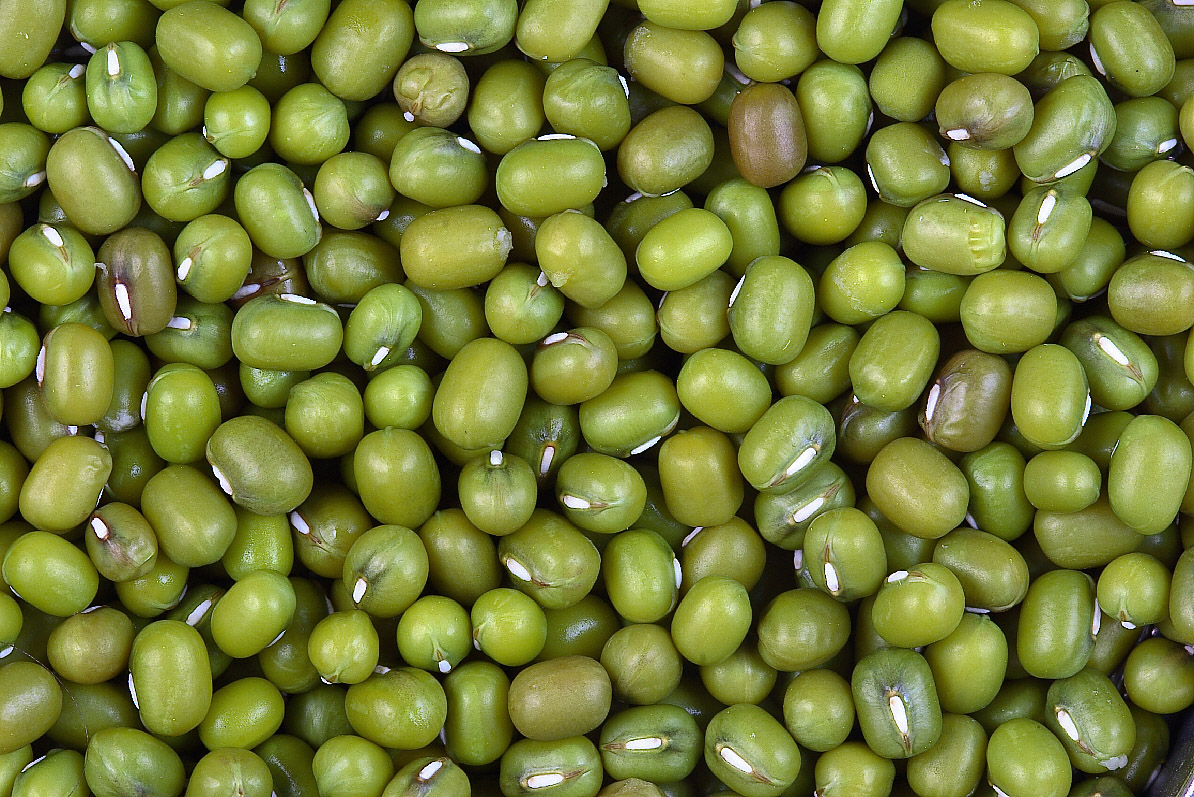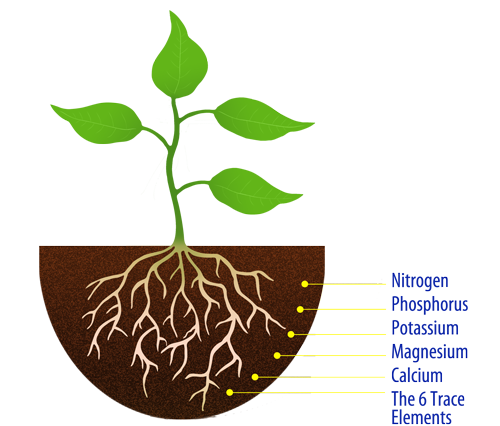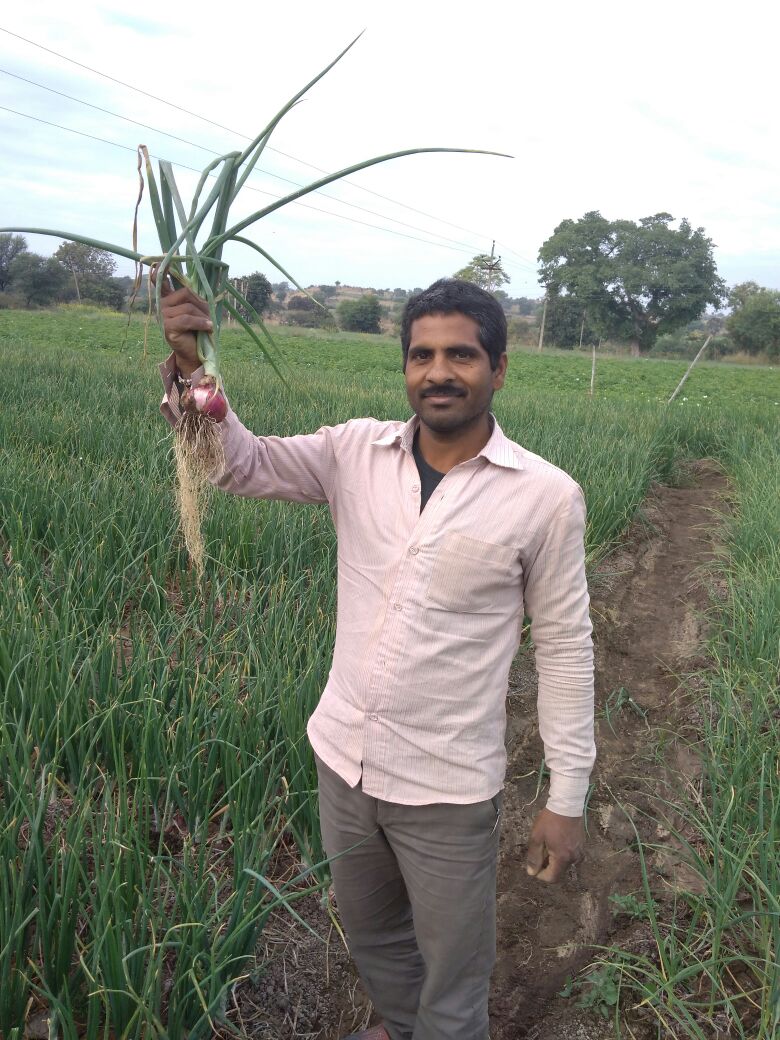Stem and bulb nematode in Onion and Garlic:- Nematode enters through stoma or plant wounds and create galls or malformations in plant growth. This allows for the entrance of secondary pathogens like fungi and bacteria. Symptoms are stunted growth, discoloration of bulbs, and swollen stems.
Management:-
- Bulbs that show signs of disease should not be planted.
- Proper sanitation of fields and tools is essential because this nematode can survive and reproduce in infected plants and residues.
- Apply Carbofuron 3% Granular @ 10 kg/ acre in soil for better control of Nematodes.
- Apply Neem Cake @ 200 Kg/ Acre in soil for organic control of Nematodes.
Like and share with other farmers by clicking on button below
Share
